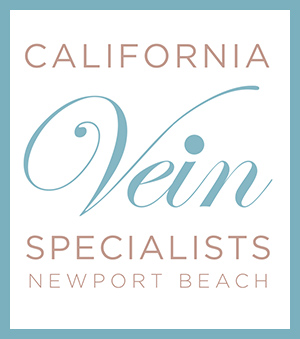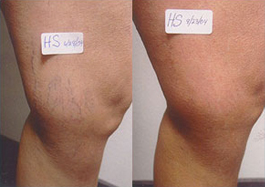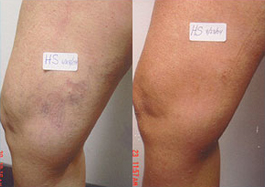Take this short quiz to test your knowledge on varicose veins
True or False: Varicose veins and spider veins are the same thing.
FALSE. While varicose veins and spider veins are both caused by dysfunctional vein
valves and occur mainly on the legs, their appearance is the easiest way to tell them
apart. Varicose veins are larger and bulging, while spider veins are smaller in
comparison to varicose veins and are underneath the surface of the skin.
Treatment for varicose veins and spider veins is also different. Varicose veins are
treated with a laser which creates heat to close off the vein, while spider veins can be
treated by small injections known as sclerotherapy.
True or False: Varicose veins are a cosmetic issue.
FALSE. With varicose veins the valves in the leg are weakened or damaged, which
affects circulation and can cause pain and discomfort. Varicose veins can also lead to
more serious medical problems, such as Chronic Venous Insufficiency.
True or False: Most insurance will cover varicose vein treatment.
TRUE. Since varicose veins are recognized as a medical condition and not a cosmetic
issue, like spider veins, most insurance plans will cover the treatment. Your insurance
provider will be contacted to verify coverage before treatment is performed for varicose
veins.
True or False: Men don’t get varicose veins.
FALSE. Often seen as a problem for women, men are also at risk to develop varicose
veins. While women have a higher percentage of getting varicose veins, gender does
not play a major factor in whether or not you will have varicose veins as genetics or age
does.

















